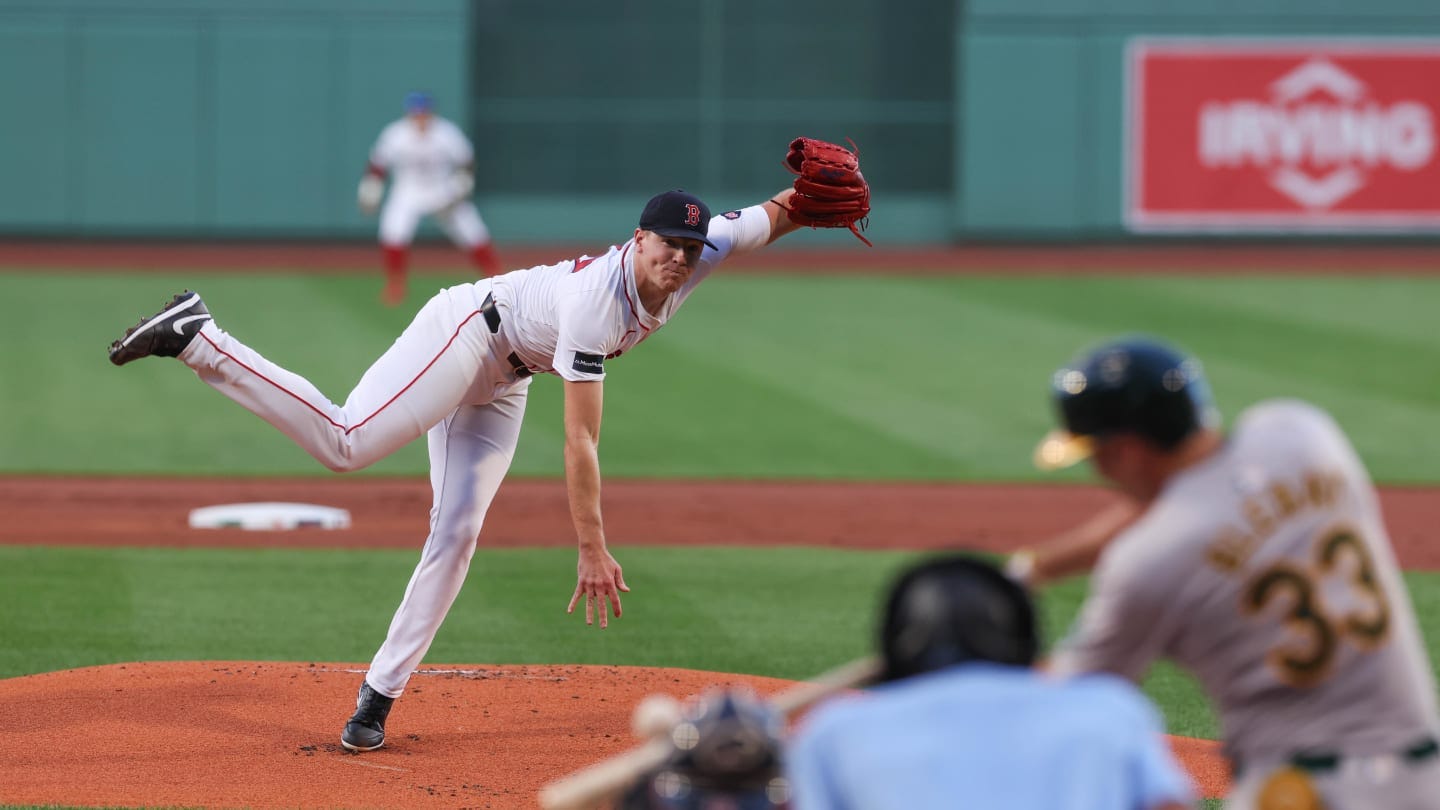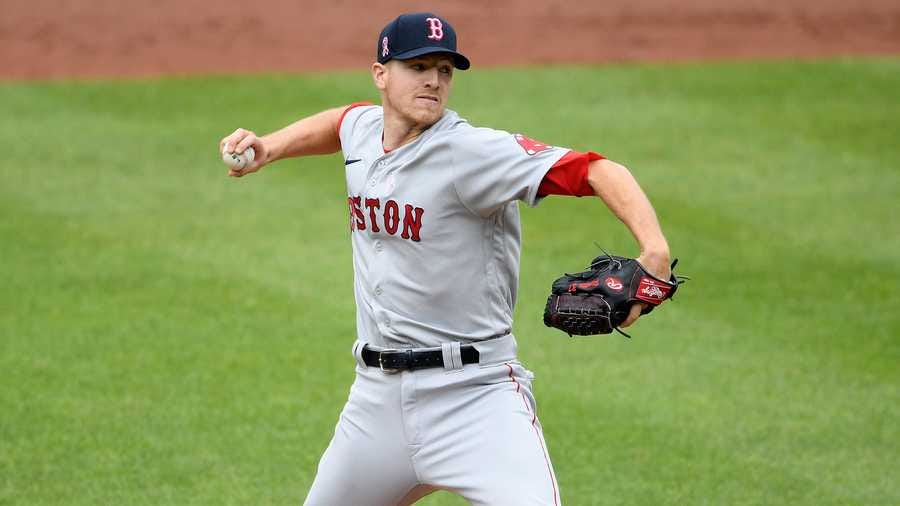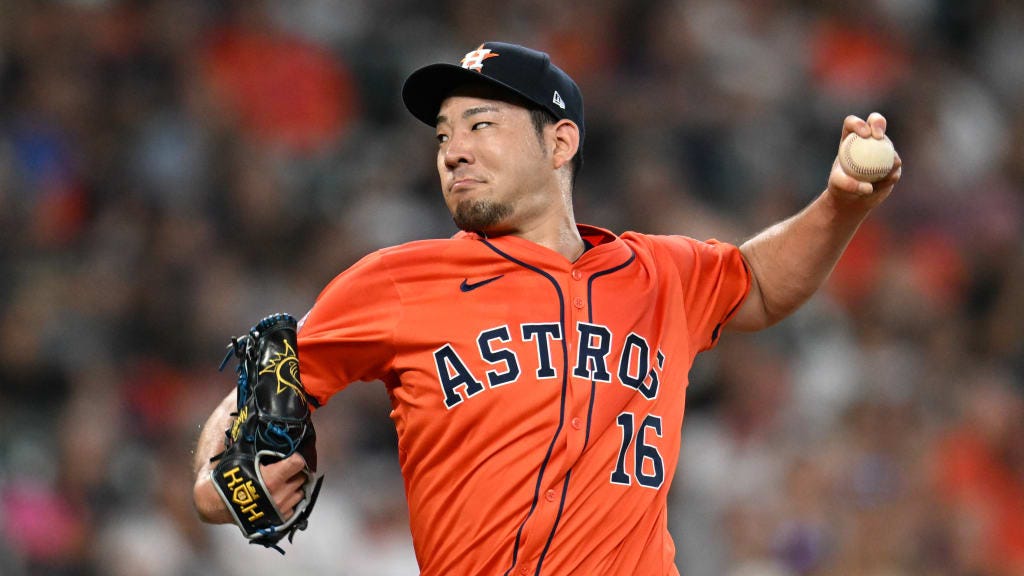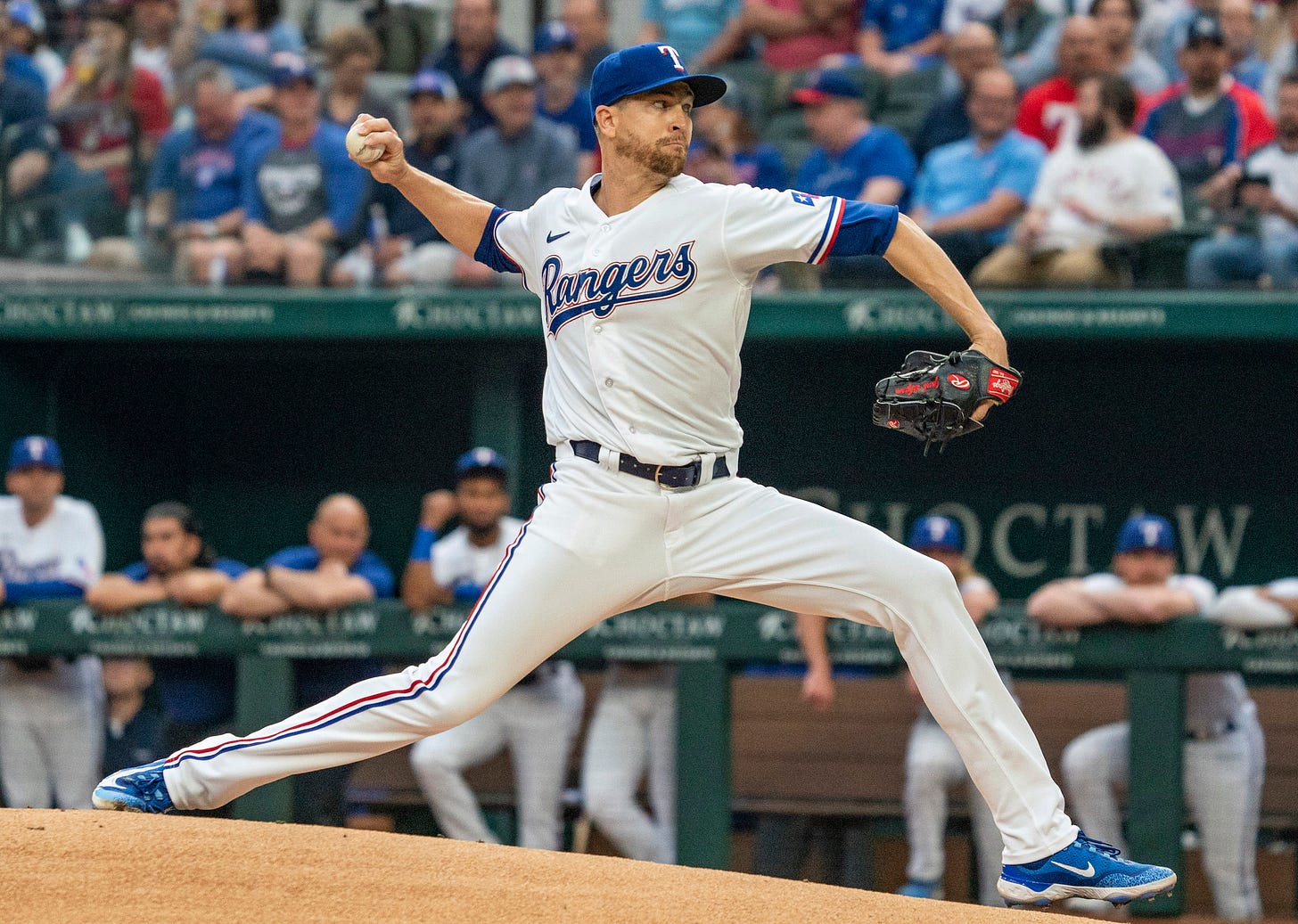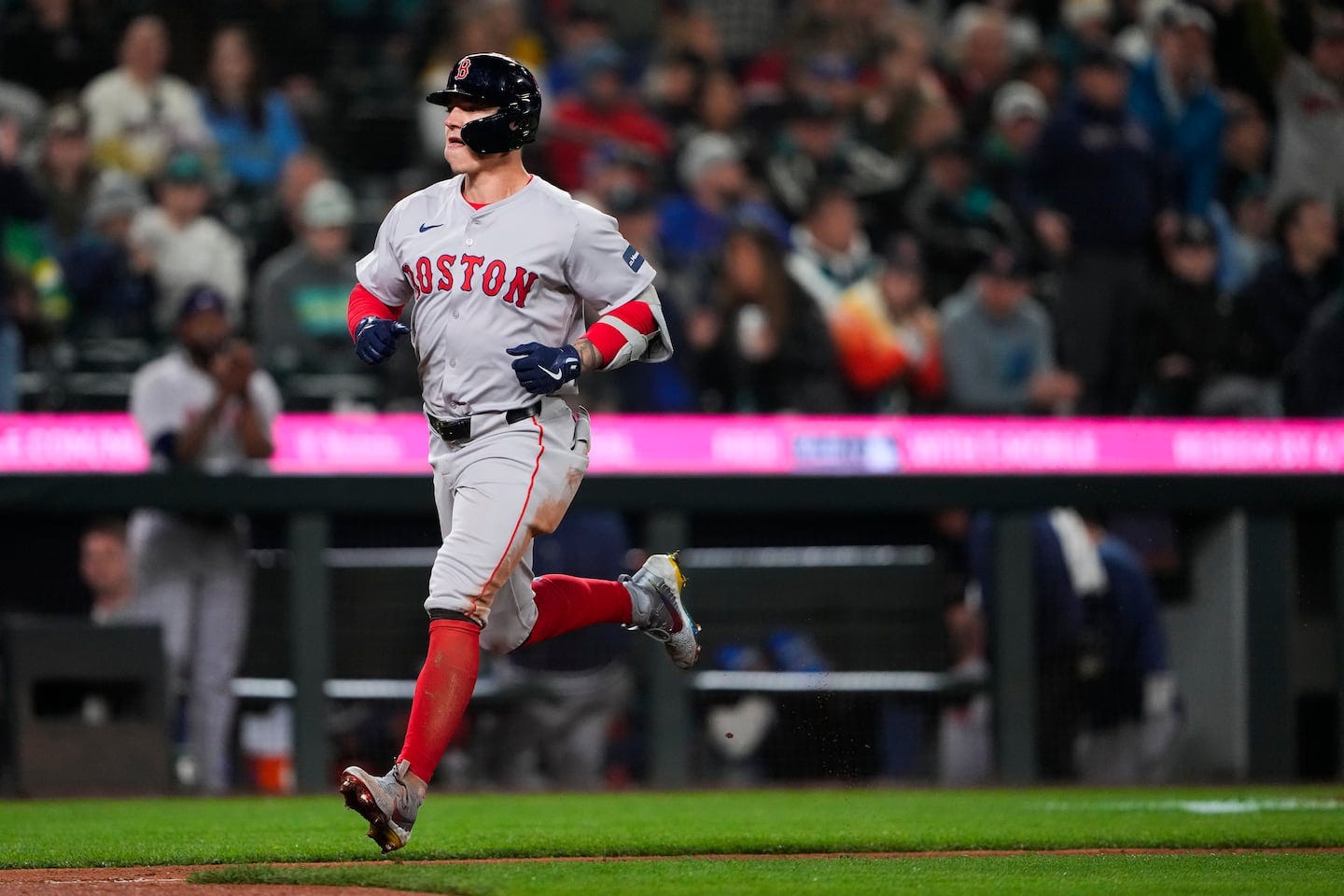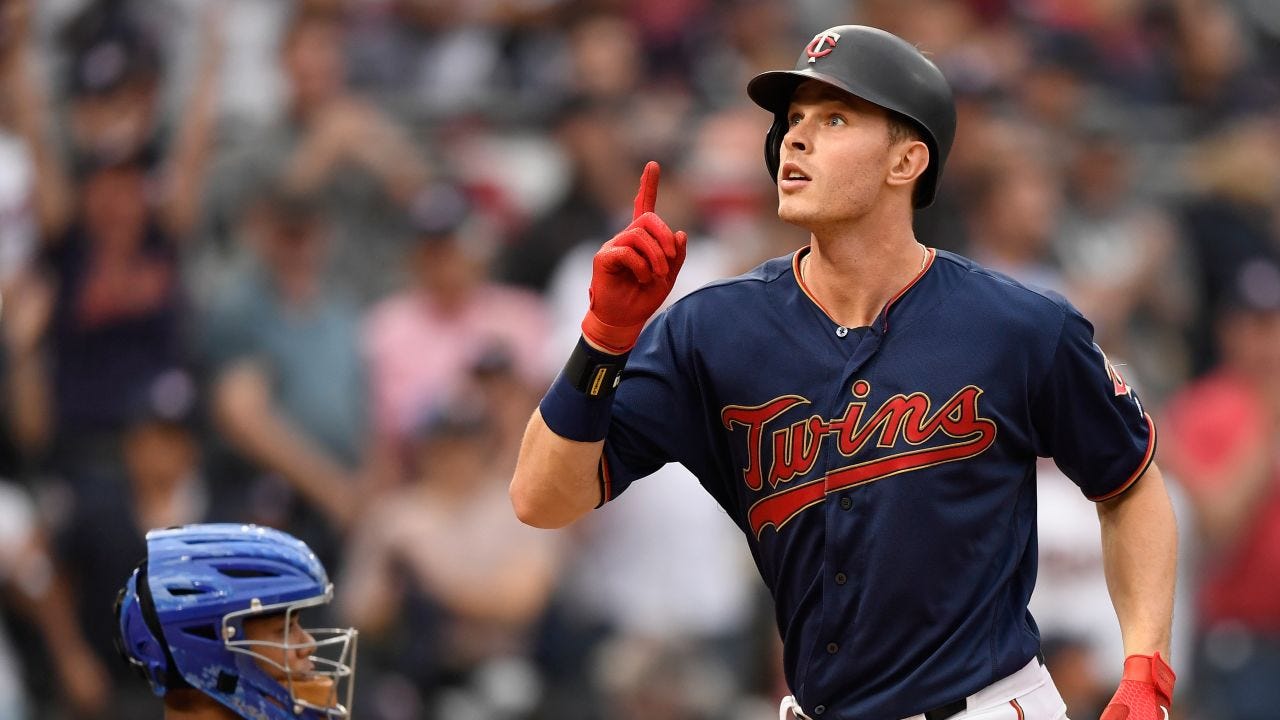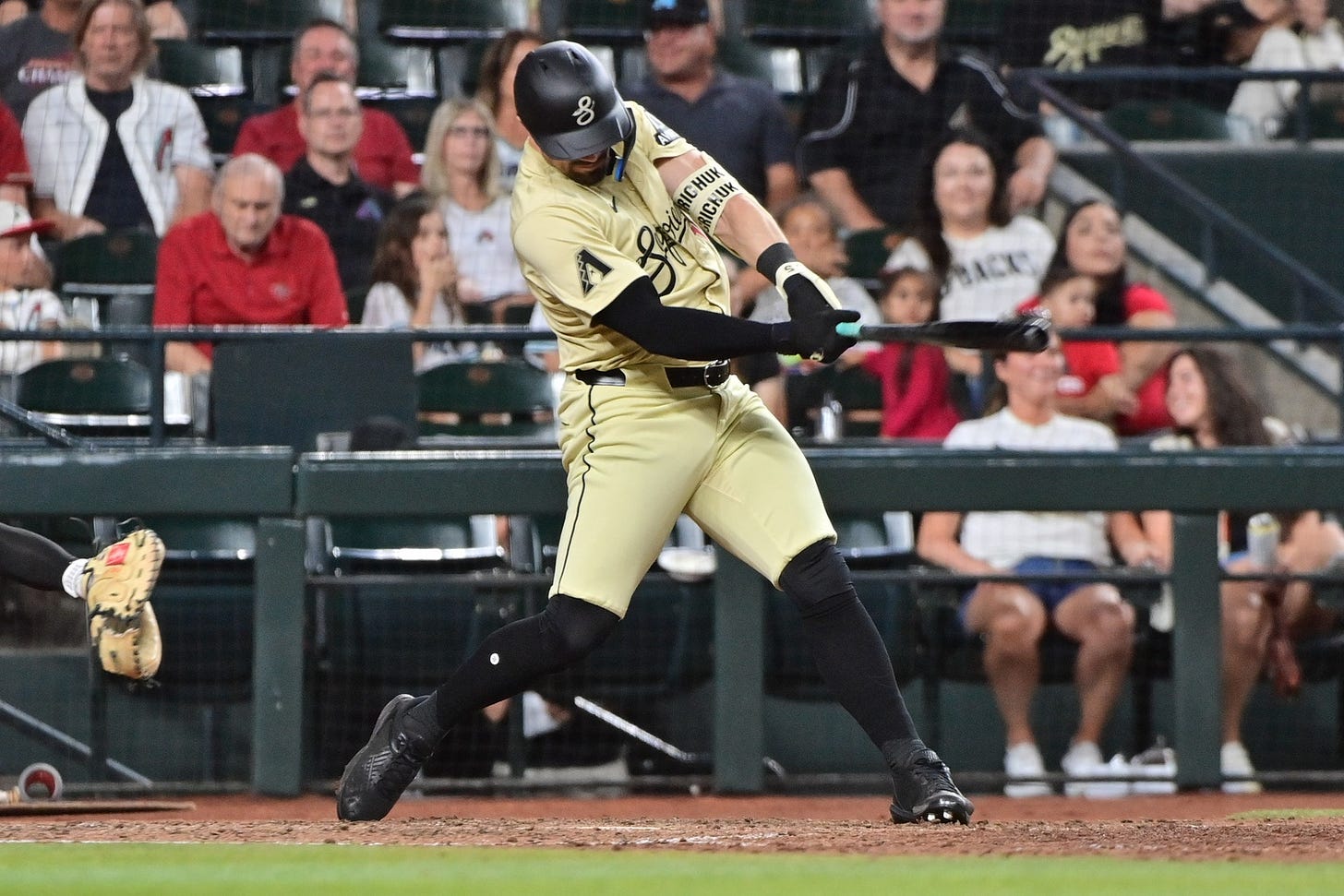Predicting the Braves' unpredictable acquisitions
Let's take some educated guesses at players the Braves might value more than fans realize.
If there’s one common theme to Alex Anthopoulos’ seven offseasons as the Braves’ general manager, it’s spending gobs of money on relievers. If there’s a second common theme, it’s unpredictability. This past offseason, the Braves had clear needs in left field and the rotation. Anthopoulos responded by trading for a paid-down Chris Sale, accepting a salary dump to buy Jarred Kelenic, and converting Reynaldo López back to a starter after two successful years in the bullpen. The year before, Atlanta eschewed finding an external replacement for Dansby Swanson in favor of acquiring a franchise catcher (and then watched both the internal replacement and the new catcher make the All-Star Game.)
With the Braves clearing some payroll in the last few days - via offloading Jorge Soler’s entire salary and restructuring Aaron Bummer’s and Reynaldo López’s contracts - all that’s left is to figure out how they’re going to spend their increased payroll budget.
The needs are pretty similar to what they’ve been in years past: shortstop, left field, and starting pitcher. After performing like a roughly league-average shortstop in 2023 (an outrageous bargain given his contract), Orlando Arcia cratered in 2024. The Ramon Laureano/Jarred Kelenic pair was fine in left field down the stretch, but not particularly good. And with Max Fried and Charlie Morton both hitting free agency, the Braves certainly need at least one known quality to stabilize what was among the league’s best pitching staffs in 2024.
Since Alex Anthopoulos seldom acquires a player to whom the team is publicly linked, my goal here is to pick some under-the-radar options who fit the profiles the team has prioritized in his regime. If you want to read more about Max Fried or Juan Soto, I figure there’s plenty of content out there.
How much money do the Braves have to spend?
By my math, the Braves’ restructures on Saturday bring the team’s cash payroll to $204.5 million and its luxury tax payroll to $216.4 million (about $25 million below the first threshold.)1 Last year, the Braves had an Opening Day cash payroll of $222.7 million and a tax payroll of $278.9 million. So even if you assume that the Braves merely match their 2023 Opening Day cash payroll, the team has about $20 million to spend.
It’s impossible to know how much the cash payroll will increase in 2025. But in the last three years, that figure has increased by between $20 million and $40 million per year. Split the difference and add it to the $20 million to get up to their 2024 figure and you end up with a rough guess of about $50 million in cash to spend.2 Obviously, the Braves won’t increase their payroll at this rate forever - at least, unless inflation makes them. So there’s an asymptote somewhere. I just don’t have any reason to think they’ve found it yet.
Who are the targets?
I wrote about shortstop targets a few weeks ago, so I focus here on the Braves’ other two clear needs: starting pitching and left field.
Starting pitchers
Nick Pivetta
Why he’s available: Pivetta hits free agency as he enters his age-32 season. It remains to be seen whether Boston will extend Pivetta a qualifying offer, but it’s quite unlikely he would accept it.
What he’s done: After spending his first three major-league seasons in Philadelphia, Pivetta was traded to the Red Sox at the 2020 trade deadline and has been a mainstay in the Boston rotation since then, logging 105 starts over the last four seasons, as well as 24 relief appearances. In 2024, Pivetta posted a 4.41 ERA/3.59 xERA/4.07 FIP/3.50 xFIP, a line pretty similar to his 2023 campaign.
Why he fits: Following a June 2023 road trip, Pivetta added a sweeper to his arsenal. That pitch went from a minor offering in 2023 - thrown merely 5 percent of the time - to Pivetta’s most-used secondary in 2024. There are 164 starters who have faced at least 400 batters since Pivetta began throwing a sweeper. Pivetta ranks 26th in xwOBA against - one spot behind Max Fried, one spot ahead of Shota Imanaga, and two spots ahead of Dylan Cease.
The bet here is that getting Pivetta away from Boston’s poor defense (-50 OAA in 2023, -18 OAA in 2024) and into a more neutral ballpark will help Pivetta’s ERA play closer to his xERA and xFIP. He’s a power pitcher with 80th percentile walk avoidance. And I’m sure I’m jinxing this, but Pivetta has only missed time for an arm injury in the major leagues once - a 15-day IL stint this year for a flexor strain. Maybe you don’t believe that Pivetta can fill Max Fried’s shoes, xwOBA be damned, but he’s a high-quality innings eater. It’s basically a cheaper version of the Aaron Nola profile that the Braves reportedly coveted last offseason. Nick Pivetta is going to make a lot more money than a pitcher who’s just posted back-to-back years with a four-point-something ERA usually makes, but it won’t be Nola money. And with his bullpen experience, there’s a fallback plan - or a plan to use him in the postseason if you feel better about three or four other starters at that point.
Yusei Kikuchi
Why he’s available: Kikuchi hits free agency as he enters his age-33 season.
What he’s done: The bottom fell out for Kikuchi during the 2022 campaign, when he was worth -0.7 fWAR over 100.2 innings. Following that season, Kikuchi dumped his cutter and added a curveball. Kikuchi then put together a 2.4 fWAR campaign in 2023 and a 3.5 fWAR campaign in 2024 - easily his career best.
Why he fits: If Max Fried walks, Chris Sale will be the only left-handed pitcher in the Braves’ Opening Day rotation (unless Dylan Dodd has the turnaround of the century). Kikuchi would give the Braves another southpaw - and one who’s missed no time whatsoever since July 2022. Over the last two seasons, Kikuchi ranks 25th among all starting pitchers in fWAR. Availability is a valuable ability!
The ceiling here is somewhat limited because Kikuchi has always struggled with the long ball - his 13.5% HR/FB rate in 2024 is both worse than league average and somehow still his career best - but like Pivetta, he’s a high-quality innings-eater.
Jacob deGrom
Why he’s available: deGrom enters his age-37 season under contract with the Texas Rangers for the next three seasons; he’s owed $40 million in 2025, $38 million in 2026, and $37 million in 2027. There’s also a no-buyout $20 million team option in 2028. There aren’t any credible rumors that the Rangers are interested in selling deGrom - and their rotation isn’t deep - but the team is committed to reducing its payroll, and unless they’re interested in shopping Corey Seager, deGrom would be the most obvious candidate. It’s difficult to imagine Texas finding any suitors for deGrom’s whole contract, but if they’re willing to pay down a portion, they’ll definitely get bites.
What he’s done: Even if you haven’t followed deGrom closely over the last two seasons, you can guess how they’ve gone. deGrom has pitched brilliantly since arriving in Texas, with his ERA and every peripheral well below 3. The bad news is he’s unsurprisingly done it over a mere 41 innings, thanks to a second Tommy John surgery. deGrom was back and apparently healthy by the end of the 2024 campaign.
Why he fits: Atlanta would be interested in Jacob deGrom because, well, anyone would be. But the Braves were apparently involved in the bidding when deGrom hit free agency in 2022, and if the Rangers were willing to eat, say, $10 million per year, it’s almost pointless to describe what a ceiling-raiser that would be for an already cathedral-ceilinged Braves rotation.
There are plenty of reasons deGrom doesn’t make sense. The more money you ask Texas to eat, the better the prospect haul you’ll have to give up for an old, comically oft-injured pitcher. (That was Chris Sale’s reputation 12 months ago!) In a rotation with injury questions, perhaps it would be unwise to add more. But a Sale-deGrom-Strider-Schwellenbach-Morton rotation would almost certainly be projected as the best in the sport.
Outfielders
Tyler O’Neill
Why he’s available: O’Neill hits free agency ahead of his age-30 season. It remains to be seen whether Boston will extend Pivetta a qualifying offer. The 2025 qualifying offer amount - $21.05 million - is likely higher than the AAV O’Neill will command in free agency, but he will certainly receive multi-year offers with a larger total value. Given how well O’Neill performed when healthy (more on the performance and the health below), I think he’s unlikely to accept a qualifying offer.
What he’s done: After six seasons with St. Louis - including a star-caliber 2021 (143 wRC, 5.3 fWAR) - the Cardinals traded O’Neill to the Red Sox last winter. O’Neill’s 2024 campaign was a neat microcosm of his career to this point. When healthy, O’Neill hit to 131 wRC+. But he had three separate IL stints, which limited him to 113 games played - the second-best mark of his career.
Why he fits: O’Neill is a well-rounded player. He plays slightly above-average defense and even if you think his 2021 campaign was a fluke, he’s ranked 34th among all outfielders since 2022 in xwOBA (min 500 PA). That’s better than the likes of Luis Robert Jr. and Randy Arozarena. It’s a three-true outcomes profile - O’Neill struck out, walked, and barreled balls at prodigious rates this year - and it’ll drive some fans nuts, but such is life. Note that O’Neill has absolutely murdered lefties (.402 xwOBA against since 2022) but is merely fine against righties, so there might be some pinch-hitting opportunities for Jarred Kelenic even if O’Neill stays healthy.
Max Kepler
Why he’s available: Kepler hits free agency entering his age-32 season.
What he’s done: In February 2019, Kepler signed a Braves-style six-year pre-arbitration extension with the Twins; the deal bought out his arb years and gave Minnesota two extra years of control. Through the first five seasons of the deal, Kepler provided steady, above-average regular performance with the bat (never recording an xwOBA below .338) and the glove (never posting negative OAA, and often ranking towards the top of the leaderboard).
2024 was a mess for Kepler. He missed significant time with knee and hip injuries, and while the defense was still good (4 OAA in 103 starts in right field), the bat took a hit. Kepler posted a mere .302 xwOBA and chased pitches at the highest rate since his rookie year.
Why he fits: Kepler is the ideal rebound candidate. While O’Neill will certainly get a multi-year deal if he wants one, Kepler is likely seeking a one-year pact to try to prove he’s healthy and effective. Just a year ago, Kepler was a borderline star, posting a .362 xwOBA with better-than-league-average strikeout and walk rates and adding 4 DRS. And while given that he’s left-handed, there’s no platooning him with Kelenic, it certainly wouldn’t hurt to have another strong left-handed bat in the lineup to accompany Matt Olson and Michael Harris II.
Randal Grichuk
Why he’s available: Grichuk hits free agency entering his age-33 season after turning down a $6 million mutual option.
What he’s done: Grichuk has been a roving hired gun over the last four years, traveling from the Blue Jays to the Rockies to the Angels to the Diamondbacks. In 2024, Arizona primarily started Grichuk against lefties, and he put together the best offensive season of his career (139 wRC+/.368 xwOBA). This only further burnishes Grichuk’s status as a lefty killer, which I highlighted last offseason.
Why he fits: Grichuk is the guy you sign if you want to give Jarred Kelenic some run without leaving your left field plans entirely beholden to his performance. The Braves could sign Grichuk and pencil him for about 100 starts - say, all starts against lefties and a minority of starts against righties - with Kelenic getting the remainder. It’s a more attractive opening than the Braves had last season, when the pre-Adam Duvall plan was for Kelenic to play every day. Unlike Duvall, Grichuk is coming off an extremely promising season - one in which he demonstrated that he could play this exact role. And while he’ll want more than the $6 million he just turned down, I imagine Grichuk is gettable on a one-year deal for under $10 million.
My calculations assume that the Braves tender contracts to Dylan Lee and Jarred Kelenic and non-tender Ramón Laureano and Griffin Canning, who are estimated to earn $6.1 million and $5.1 million, respectively. Maybe the team tenders contracts to one or both. But since I doubt the Braves will pay Laureano $6.1 million to be a fourth outfielder or Canning $5.1 million without an expectation that he’d be in the starting rotation, tendering these players would change the team’s offseason needs.
Note that because luxury tax is calculated on AAV and the Braves’ tax payroll significantly outstripped their cash payroll last year, the Braves can give out contracts totaling $50M AAV (say, an evenly loaded 3 years/$90 million contract and an evenly loaded 4 years/$80 million contract) and still end up with a lower tax payroll figure than they posted in 2024. There’s no risk of entering the Steve Cohen tier of the tax.





